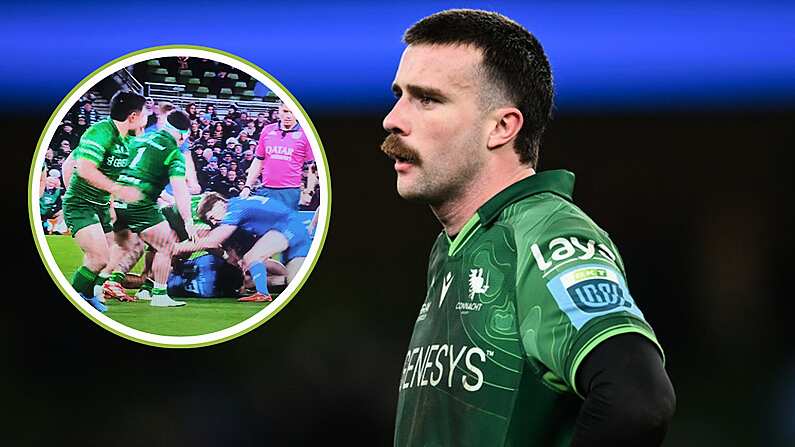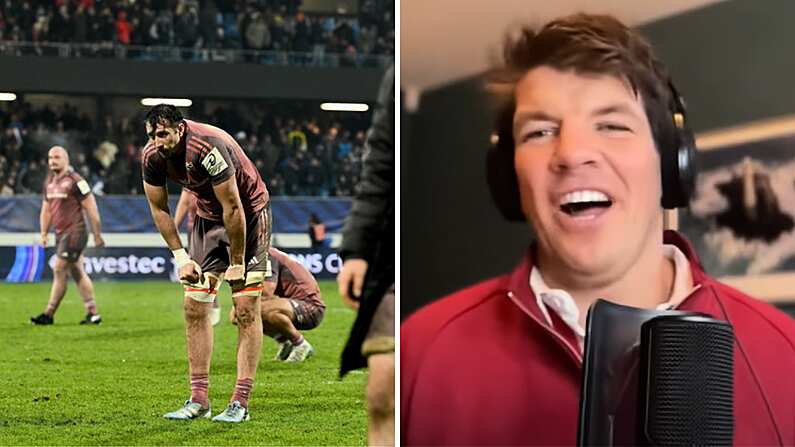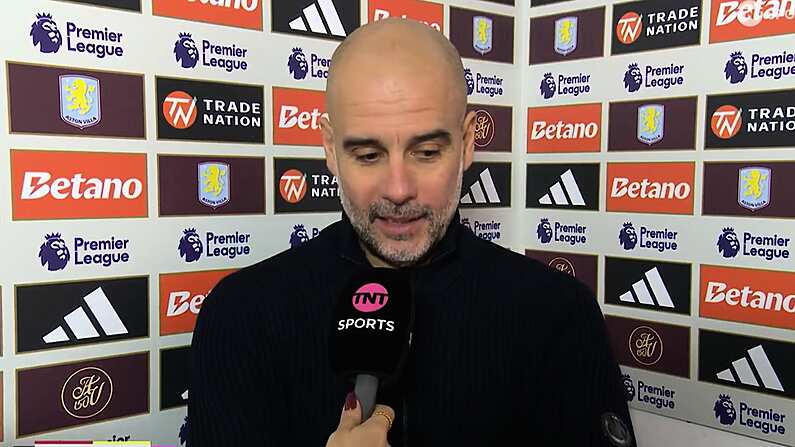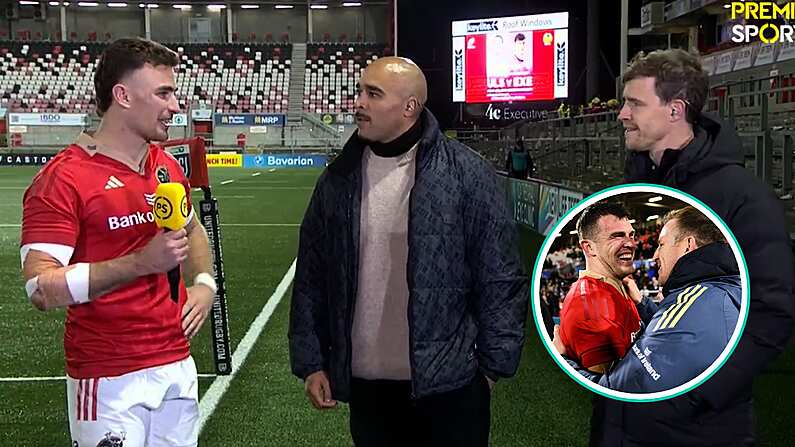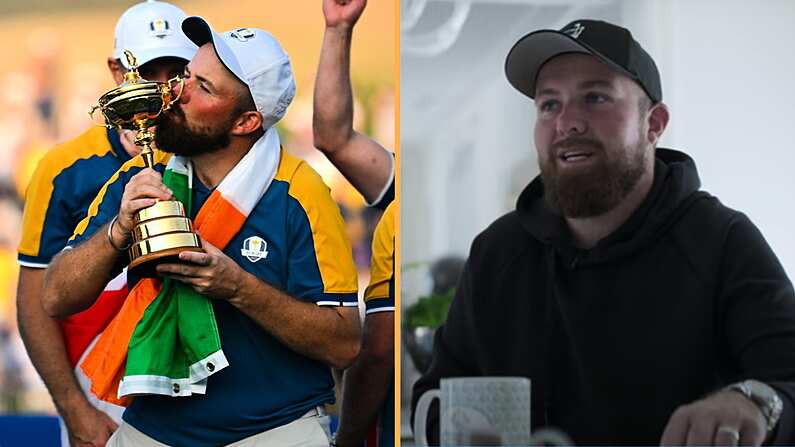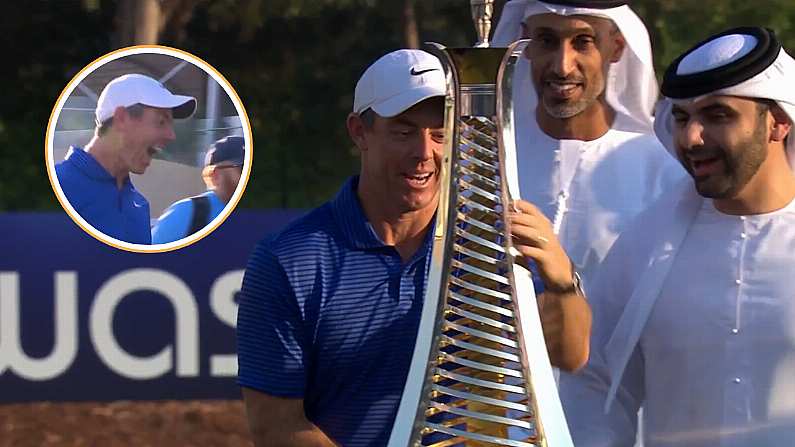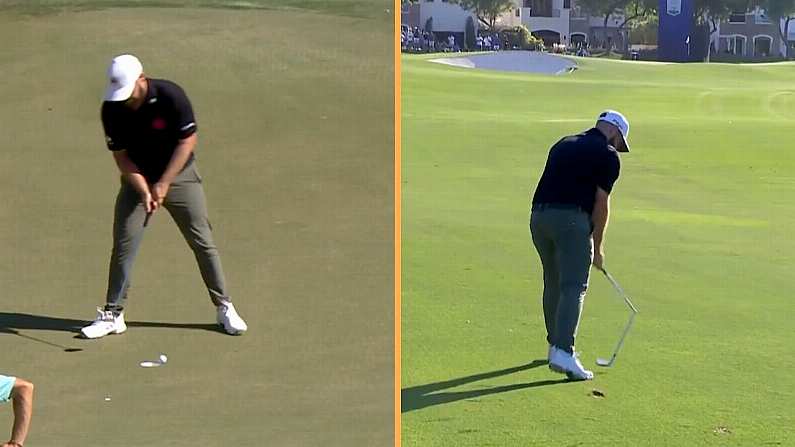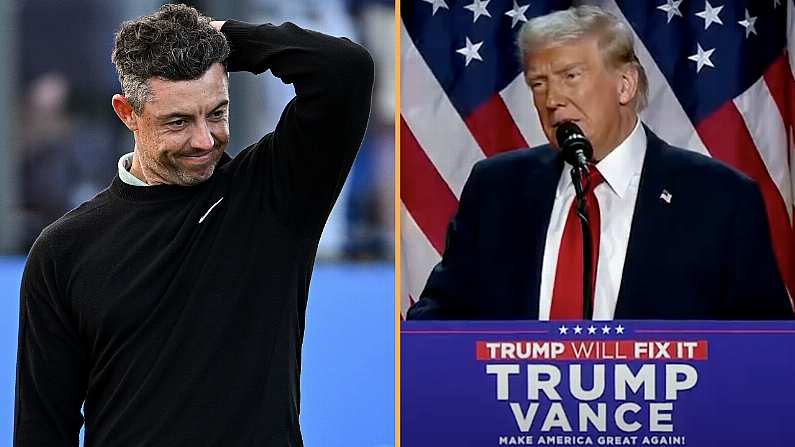To coincide with the release of The Gambler starring Mark Wahlberg in cinemas on January 23rd, we have decided to take a look at six moments when a sports star put everything on the line for victory and came up trumps; those who realised that there is no reward without risk...
How much would you risk? Play your own Black Jack game here
Muhammed Ali's - Rope-a-dope tactics
Muhammed Ali is the biggest name in boxing history, and it's not hard to figure out why. Ali was a popular character for his outspoken nature and charismatic figure. He was an intelligent boxer whose tactics revolutionised the sport of boxing.
This was Ali's first title fight since his unsuccessful return to the sport in 1971. Going into the "Rumble in the Jungle" fight with George Foreman, Foreman was considered a heavy favourite due to his superior punching power. Ali was expected to be chewed up and spat out. Foreman was as yet unbeaten in 34 bouts, and had a reputation for pulverising opponents.
The last thing anyone in boxing wanted was to be on the receiving end of a Foreman punch. But that's exactly what Ali allowed Foreman to do. Foreman was on top in the early rounds of the fight. Ali was leaning heavily on the ropes throughout and just letting Foreman throw as many punches as he liked. There was a real concern for Ali, with some reporters present worrying for his life such was the beating it appeared that he was taking.
But Ali went relatively protected from Foreman's blow due to his never seen before tactics. Now commonly know as the "rope-a-dope", Ali leaned heavily on the ropes in the ring, which would take the force of any of opponents punches. Ali was allowing Foreman to punch himself out, while at the same time, Ali would take advantage of any mistake or slip up Foreman would make.
Ali would get the majority of the major punches in during the fight using this tactic, but it wasn't until the 7th round that Foreman began to visibly tire. His hands were dragging by his sides, and Ali was taunting Foreman asking him if that's all he got.
Ali delivered the knock-out punch in the 8th round, sealing a remarkable underdog victory that revolutionised boxing tactics so much so that the "Rumble In The Jungle" goes down in history as one of the most famous boxing fights of all time.
Ali went all in on his tactics, and it paid off with a historic win.
The first Hail Mary
The term 'Hail Mary' is a commonplace in American football vocabulary these days, but for the two players involved in the first 'Hail Mary'; they had no idea what they were about to achieve would be so iconic nearly 40 years later.
With 35 seconds remaining in the 1975 playoff game between Roger Staubach's Dallas Cowboys and the Minnesota Vikings. The Vikings had just been beaten in the Superbowl the previous year, and were favourites to advance in the playoff game.
The Cowboys found themselves down 14-10 with less than a minute left on the clock. They were in midfield, and had 50 yards left to the Vikings endzone. Quarterback Staubach said to his premier receiver Drew Pearson in the huddle before the play, to cut back and then go long on his route. They were planning an unscripted play in an attempt to get a touchdown that would win the game.
When the ball is snapped; Staubach pump faked the ball left to hold the defense, before turning to Pearson's direction. Unfortunately, when Staubach faked the ball left, he lost some grip on the ball. This meant that when he attempted to throw it long to Pearson, the ball was going to come up short.
Pearson had run his route beautifully, and had managed to get in behind the defender All Pro cornerback Nate Wright. Usually, this would have given him a huge advantage over the defender, but with the ball underthrown, Wright had the advantage.
Pearson managed to check his run, easing the defender out of the way in the process. Both Pearson and Wright fell to the ground on the 5 yard line. The ball sailed through Pearson's hands. In later interviews, Pearson said he thought he had dropped the ball. Incredibly, Pearson had managed to pin the ball between his elbow and his hip.
With Wright on the ground, Pearson was able to stand up and waltz over the line to a stunned crowd for the winning score.
Staubach had been hit on the play, and didn't see how it unfolded. When asked what was going through his mind when he throw the pass, Staubach joked:
I closed my eyes and said a Hail Mary. It was just a Hail Mary pass; a very, very lucky play.
Holland substitute goalie for penalties
Louis van Gaal has always been known as an innovative manager, but his decision to substitute his goalkeeper minutes before a penalty shootout in the World Cup this year stunned the world.
With the score at 0-0 in the World Cup quarter final with Costa Rica, van Gaal went all in on substitute goalkeeper Tim Krul over his number 1 Jasper Cillessen. Cillessen had been impressing in the World Cup so far, and had prevented Krul from getting any time in the tournament.
In the lottery of the penalty shoot-out, van Gaal was trying to get an advantage. It worked. Krul saved two of the Costa Rican penalties, giving the Netherlands a 4-3 victory in the shoot-out.
Explaining the decision after the game, van Gaal claimed that each of his keepers had different qualities. 25 year old Cillessen had never saved a penalty in his professional career as opposed to Krul's previous successes.
Cillessen had no idea that this was van Gaal's plan, but Krul's longer reach and better track record saving penalties were key factors in Louis van Gaal's bold decision to replace his keeper on the 120th minute mark, something that had never been done before.
Seve Ballesteros and the 10th at Belfry
Severiano Ballesteros was golf's first superstar. His swashbuckling demeanour and risk-taking style endearing him to the watching crowd and brought a surge in popularity to the sport of golf.
This was evident at the 10th hole at the famous Belfry in the 1978 Hennessy Cup. The Hennessy Cup was a Ryder Cup style competition played between Continental Europe and Great Britain and Ireland.
Ballesteros was playing in a single match against Nick Faldo. Faldo was a young riser on Tour, having finished 8th in the Order of Merit on his first year on tour. Faldo took a mid iron on the 280 yard par 4 10th hole short of the water that guarded the green. No player had ever gone for the green with their tee shot on a par 4 before, especially in a matchplay game with the green guarded by water.
But that's exactly what Ballesteros did, and it paid off. He took on the green with a monster drive that sailed over the trees and landed 8 feet from the flag. Ballesteros went on to win the hole, and subsequently the match.
The Hennessy Cup is now named the Seve Trophy in his honour.
Middlesbrough's Glorious UEFA Cup run in 2005-06
Middlesbrough in 2005 were a team on the rise. They had one of the most highly promising English coaches in the game in Steve McClaren. The previous year, McClaren guided them to a 7th place finish in the Premier League, while they had enjoyed a run in the UEFA Cup that ended in a Round of 16 defeat to Sporting Lisbon. Signings of highly rated Barcelona star Fabio Rochemback and Portsmouth striker Yakubu did nothing to dampen expectations on Riverside.
Unfortunately, the league didn't go as planned for Middlesbrough, opening the season with only 2 wins in their first 7 games. Throughout the season, they were making a habit of losing to lower ranked teams while beating Chelsea, Man United, Arsenal and Liverpool. By the time the new year came around, they only had the FA Cup and the UEFA Cup to play for.
By the time March came around, their league form was dreadful having lost to Charlton Athletic and Blackburn Rovers, while their FA Cup hopes were looking bleak in a poor draw to Charlton in the quarterfinals that required a replay. Middlesbrough just managed to scrape through the Round of 16 this year despite losing the second leg to Roma.
Things didn't start off much better for Middlesbrough in the first leg of the quarter final. Drawn to FC Basel, they proceeding to lose 2-0 away from home in the first leg to give themselves a mountain to climb. Things got even worse in the return fixture, when Eduardo put Basel ahead, giving them a three goal advantage, meaning that Middlesbrough would need four goals to advance.
Mark Viduka's goal before half time gave them hope, but then McClaren risked it all. He first put on another striker in Jimmy Floyd Hasselbaink at half time to try and get another goal. Viduka would then add a second goal 15 minutes later. Middlesbrough were in the ascendency and McClaren decided to go all in, and brought on striker Massimo Maccarone for defender Franck Quedrue. Hasselbaink gave 'Boro hope levelling the scores on aggregate with ten minutes to go, and needing one more score to avoid losing on the away goals rule.
McClaren was proved a tactical genius when his gambit paid off in the 91st minute of the game as Maccarone slid in a rebound from a parried Rochemback shot to send the Middlesbrough supporters into delirium.
Steaua Bucharest met Middlesbrough in the semi final, and a 1-0 win for Steaua in the first leg in Romania brought Middlesbrough fans back down to earth. They were still in with a chance of qualifying, but when Dica and Goian scored early for Steaua at the Riverside, things looked bleak again. Middlesbrough would again need 4 goals to qualify for the final, but lightning couldn't strike twice could it?
This time, McClaren didn't wait until the half-time break, sending on the hero from the previous round- Maccarone- on for central defender Gareth Southgate. This gamble immediately paid dividends as his low shot from Viduka's pass gave Middlesbrough hope minutes after coming on. Middlesbrough pushed on, but two world class saves from the Steaua keeper kept them out before halftime.
McClaren threw on another striker in Yakubu, hoping that a combination of Maccarone, Yakubu, Viduka and Hasselbaink could produce another miraculous comeback for the club. Hasselbaink and Yakubu both went very close before Viduka got the next goal with half an hour to play. For all of Middlesbrough's strikers on the pitch, defender Chris Riggott slotted home after Viduka's shot was parried with 15 minutes to play.
Middlesbrough had been in this this position the round before when Maccarone managed to conjure some magic to win the tie in the 91st minute, and so it happened again. Maccarone saved it until the 89th minute this time before recording his second and sending Middlesbrough into the UEFA Cup final.
Munster's 2008 Heineken Cup selection
Declan Kidney was known for his conservatism during his coaching tenure with Ireland, but Kidney had a ruthless streak, and was prone to making drastic selection decisions that shocked many.
The most controversial of them all occurred during Munster's Heineken Cup run in 2008. Two years after being man of the match in Munster's Heineken Cup final win over Biarritz, Peter Stringer found himself dropped for the relatively unknown Tomás O'Leary, while Denis Hurley was given his Heineken Cup debut in the quarter final against Gloucester ahead of experienced South African Shaun Payne.
What made it all the more surprising was Payne's outstanding early season form, while Stringer had had a monopoly on the Munster scrumhalf jersey for the previous 10 years. Hurley, to his credit, was a big factor in Munster's win and his clever kick set up Doug Howlett for the clinching try.
Both Hurley and O'Leary retained their places in the lineup for Munster's trip to Saracens in the semi final, with O'Leary creating a try for O'Gara which helped Munster limp to an 18-16 victory.
Both Stringer and Payne were expected to be recalled for the final against Toulouse, but Kidney had faith and went all in on the two youngsters. O'Leary in particular was outstanding in the first half, making up for a below par O'Gara performance where he struggled to establish himself in the game, and Munster were struggling to get out of their own half.
Eventually Munster started to gain control, and O'Gara was able to go over for a try after half an hour, from a scrum where Munster pushed Toulouse off the ball following a Denis Leamy knock on over the line. O'Leary and Hurley played the entire game, and with an attritional final being fought between two close teams, O'Leary was instrumental in guiding his forwards through a series of pick and goes to eat up time.
Munster would go on to close the game out with a 16-13 win, and Kidney's two selection gambles had paid off.
I closed my eyes and said a Hail Mary. It was just a Hail Mary pass; a very, very lucky play.


